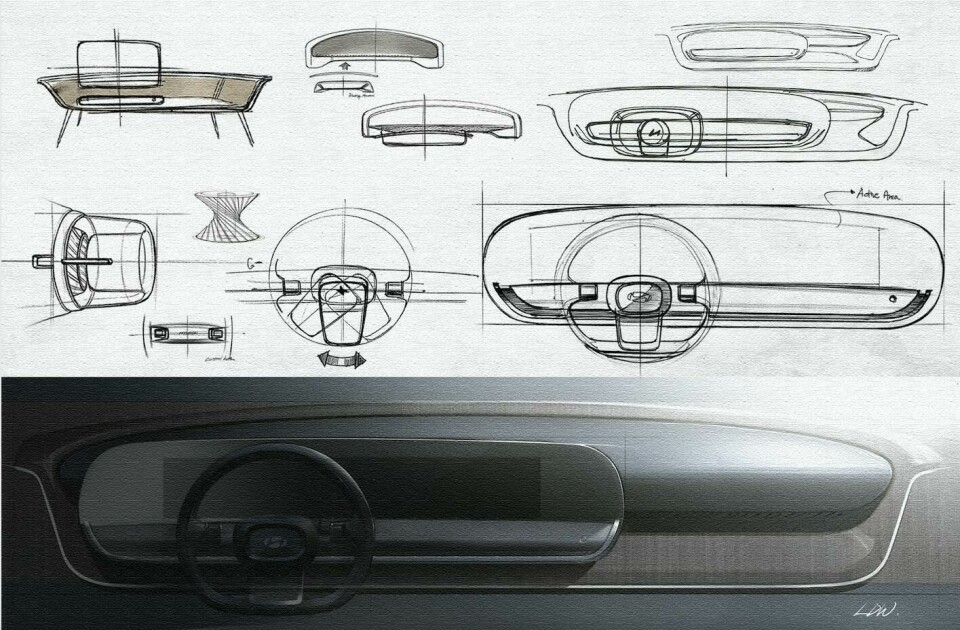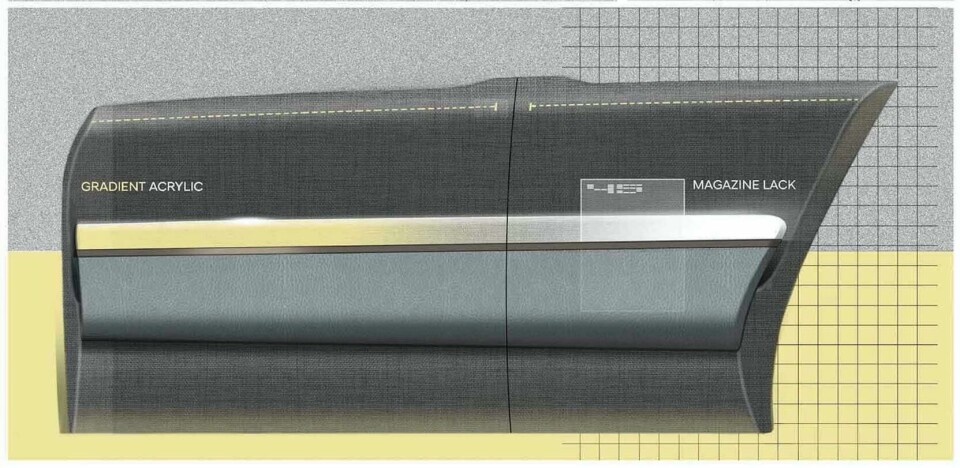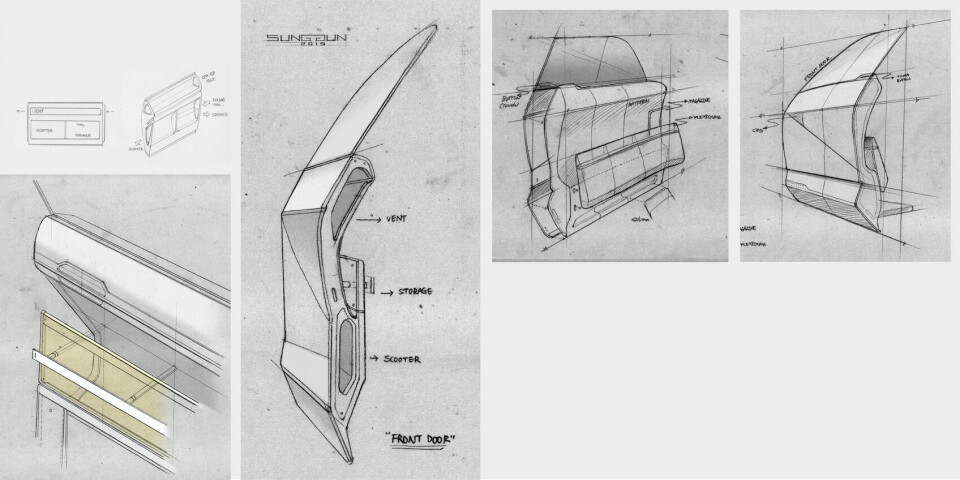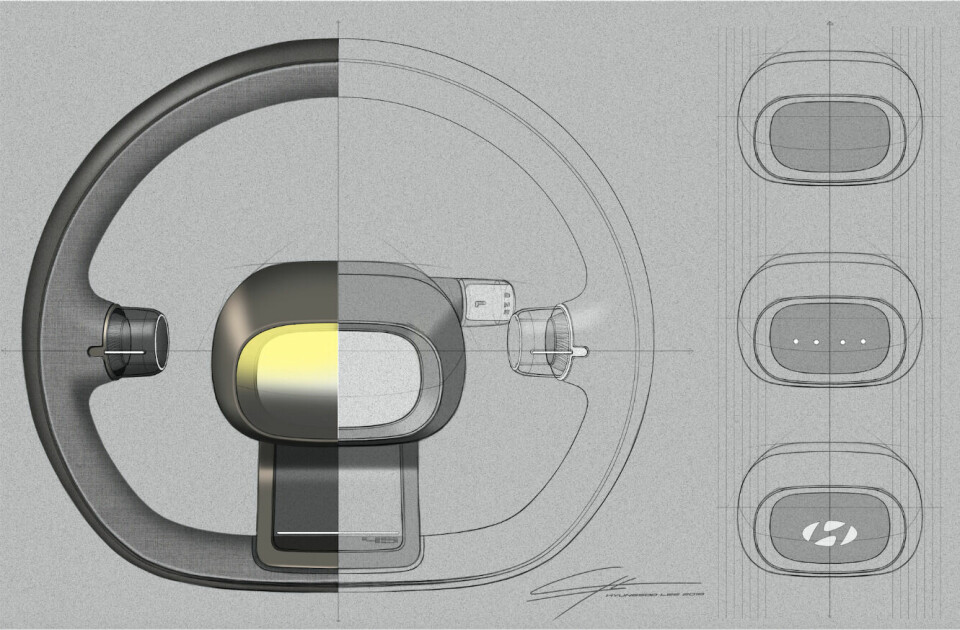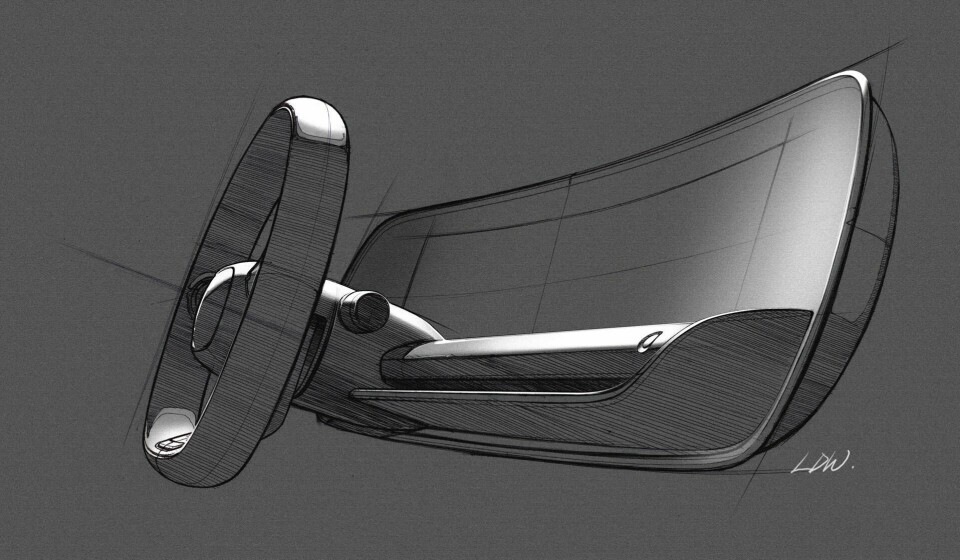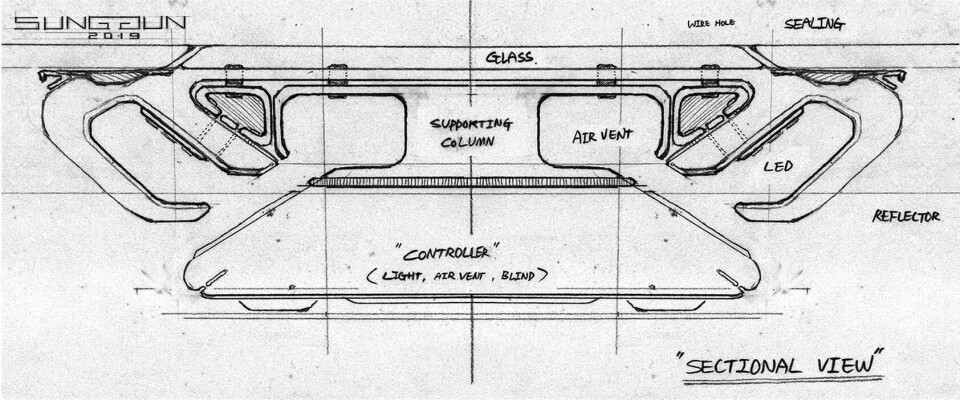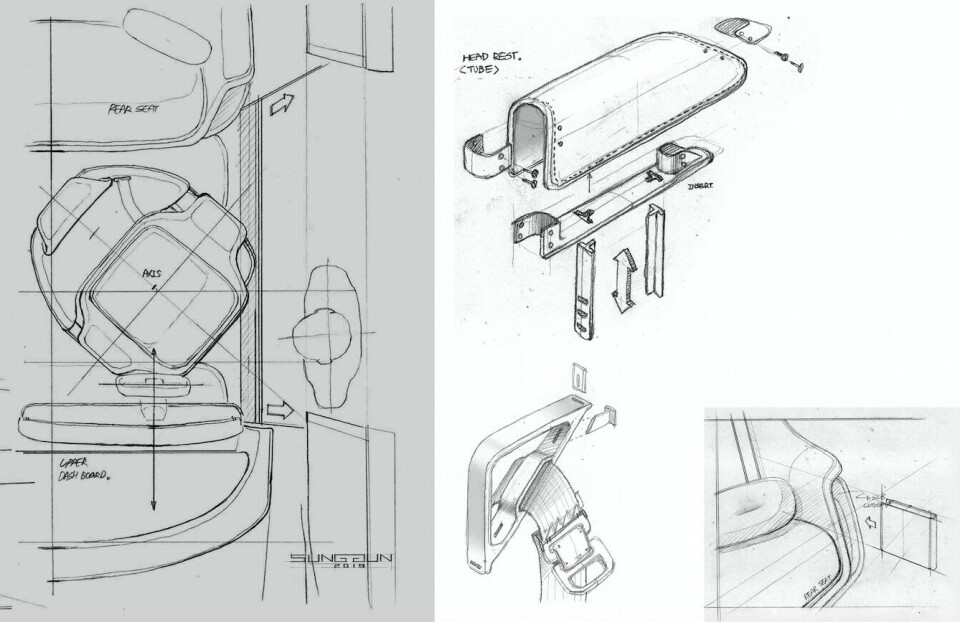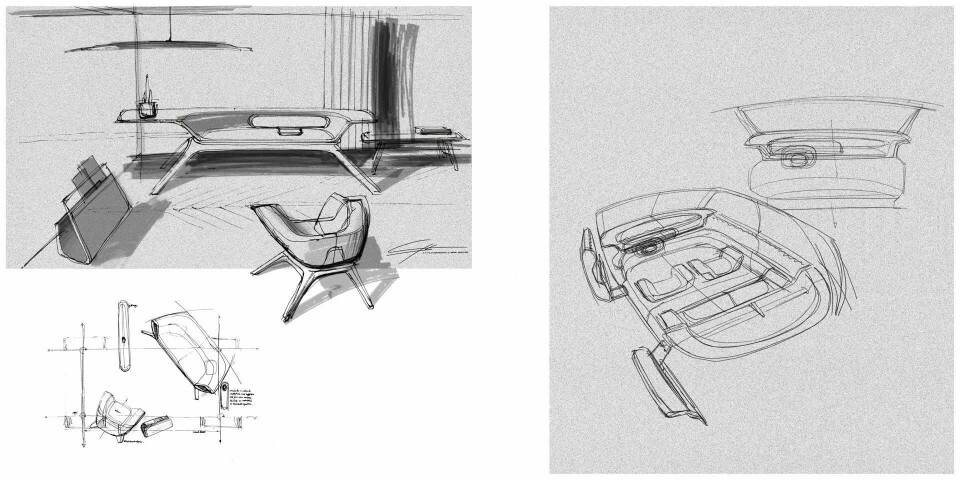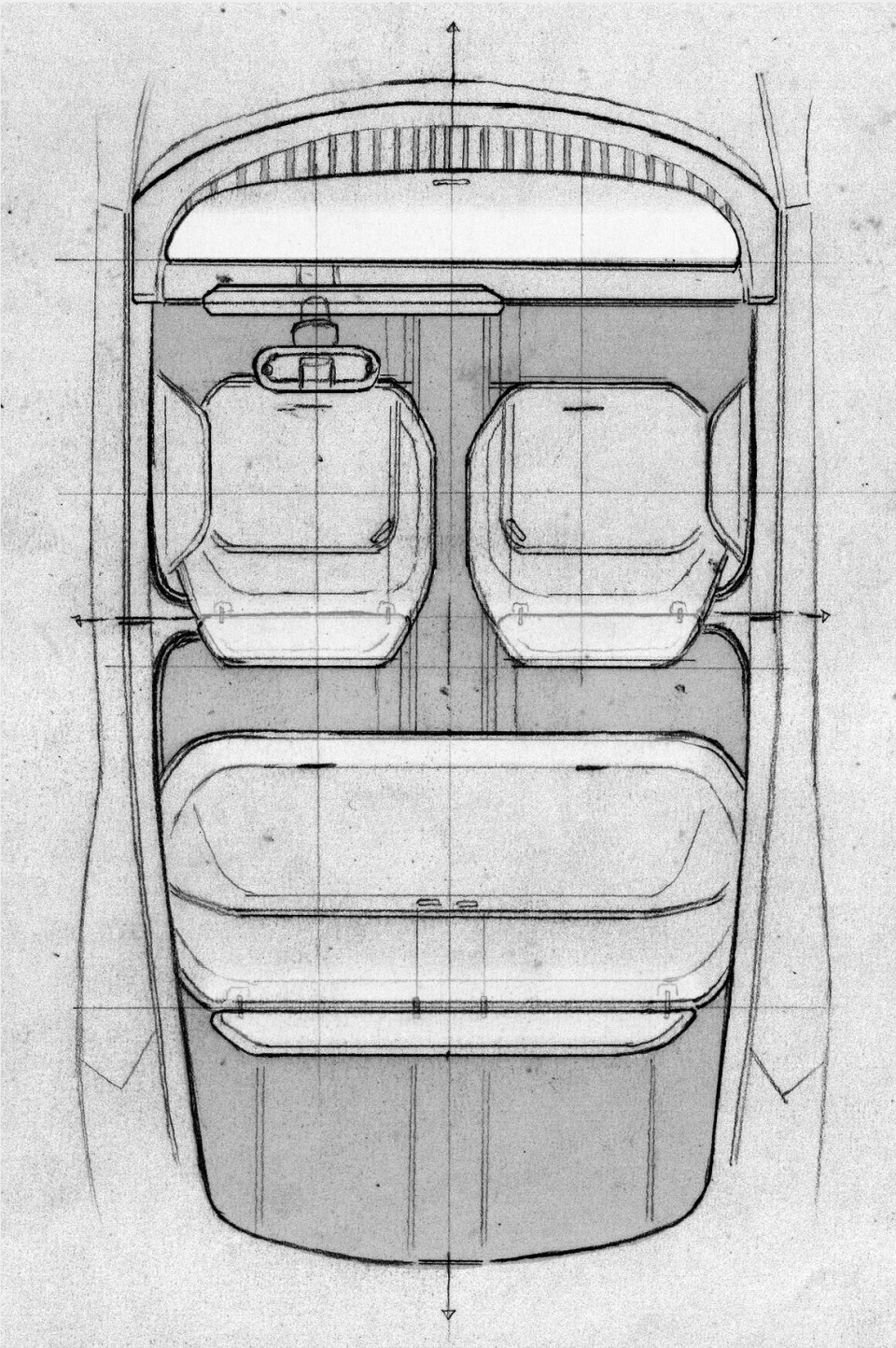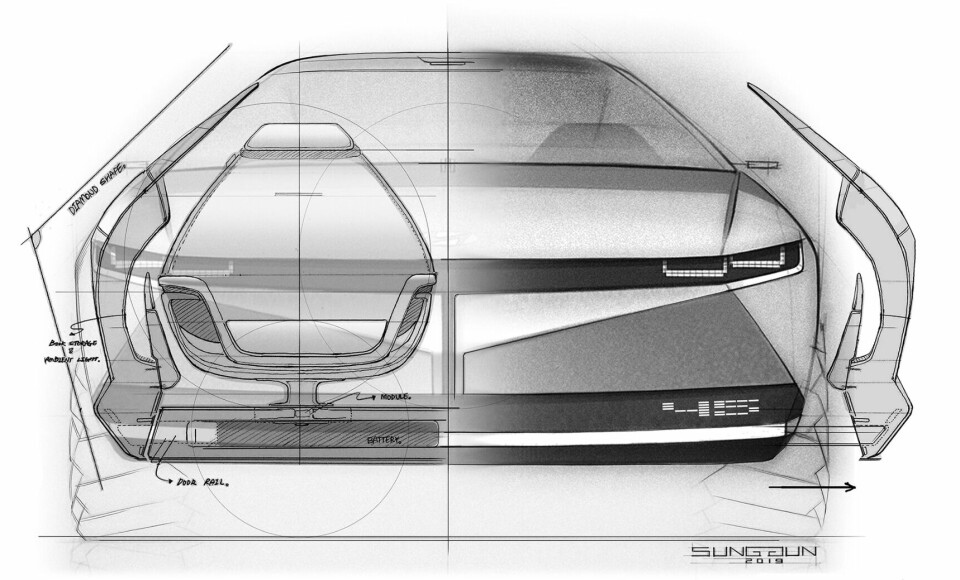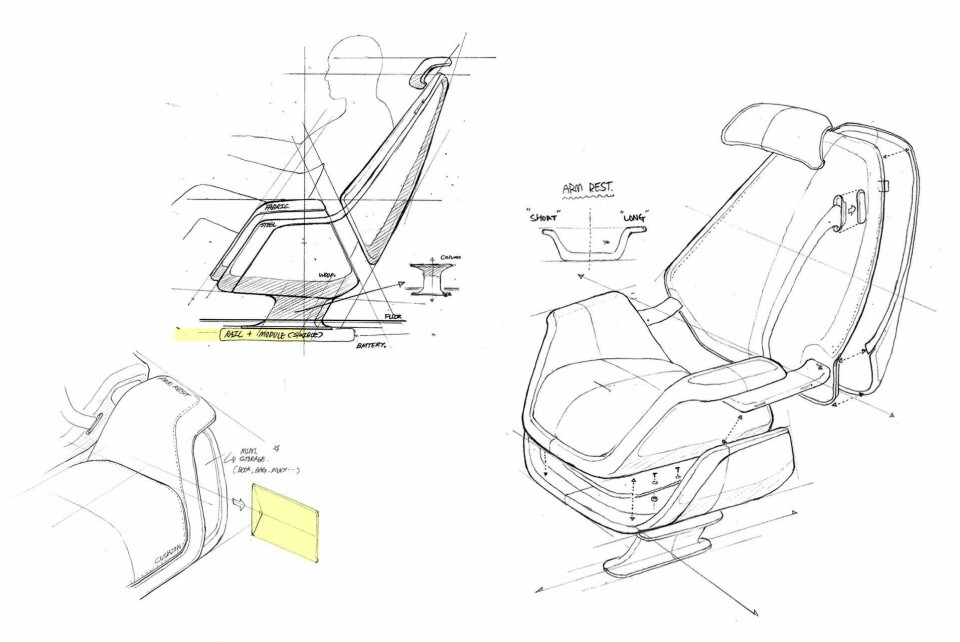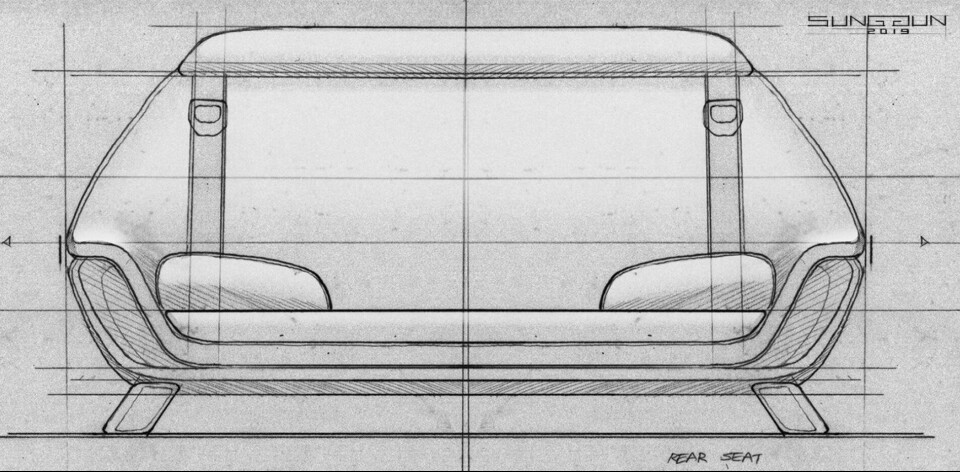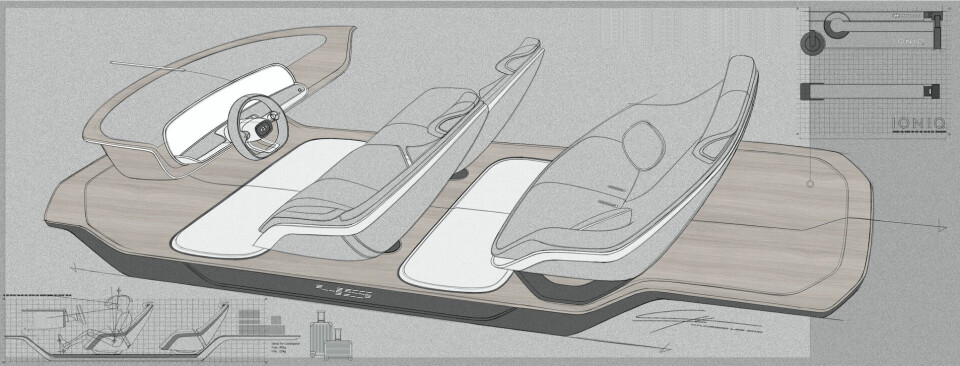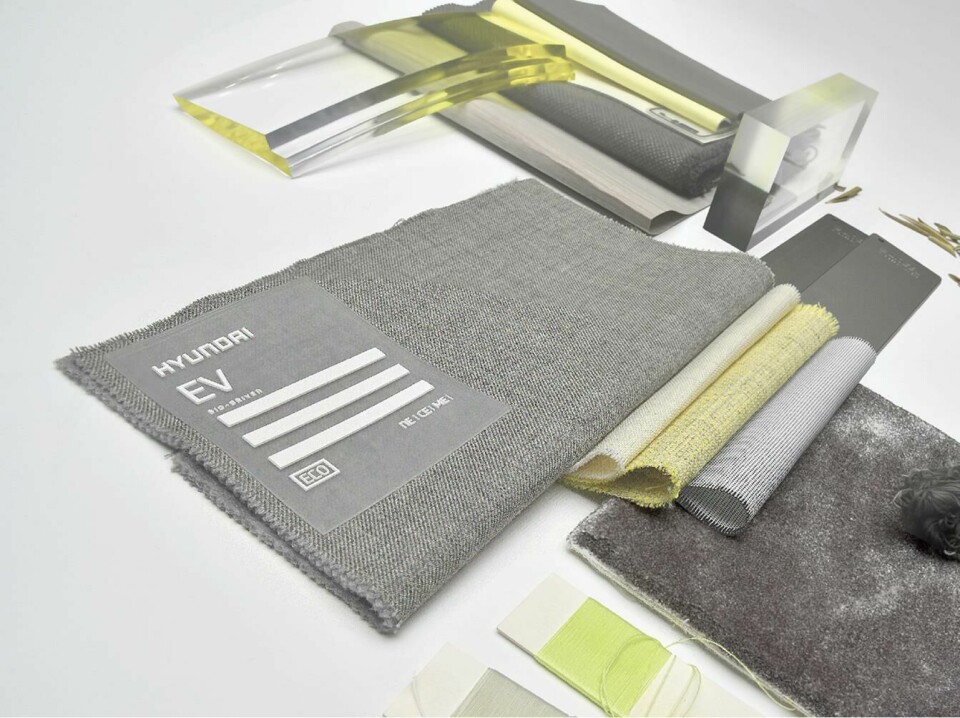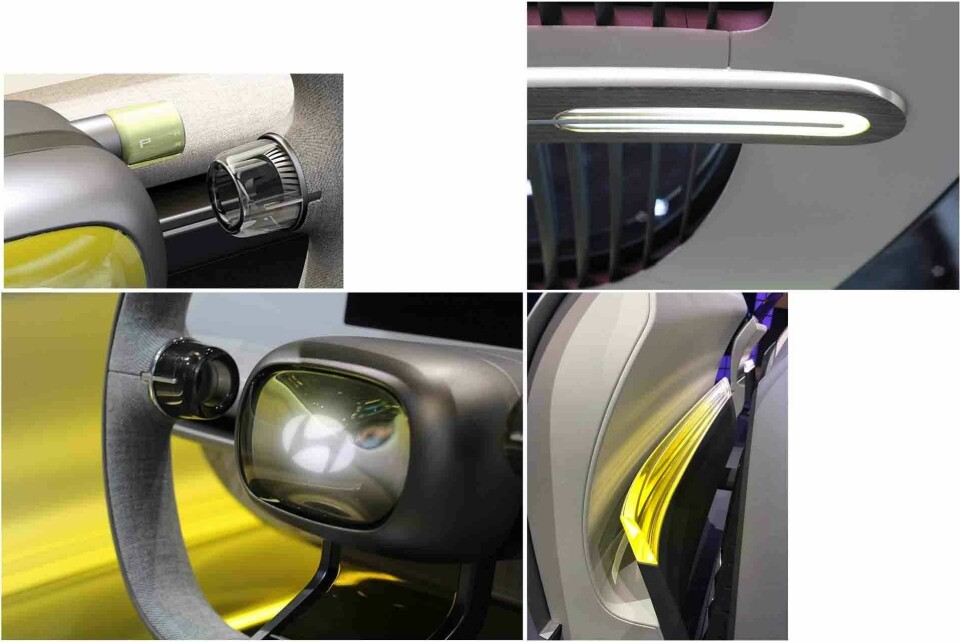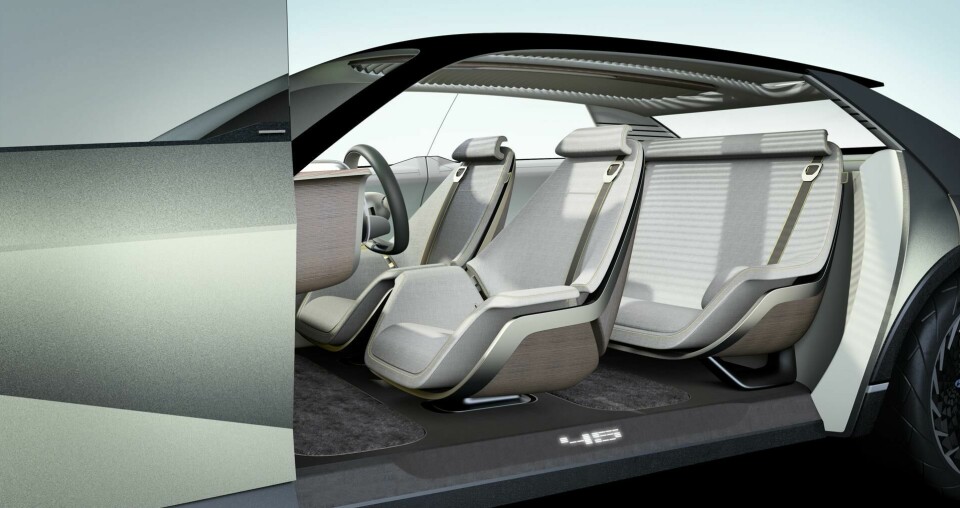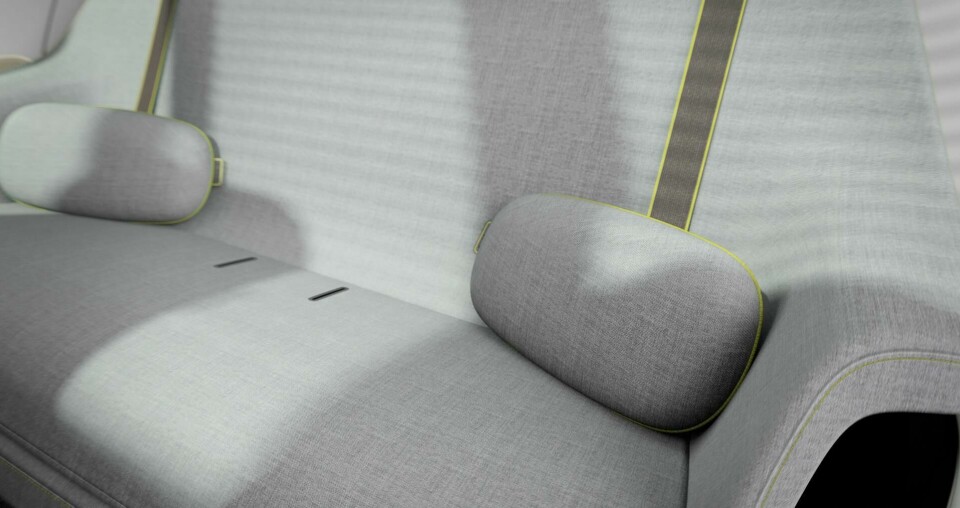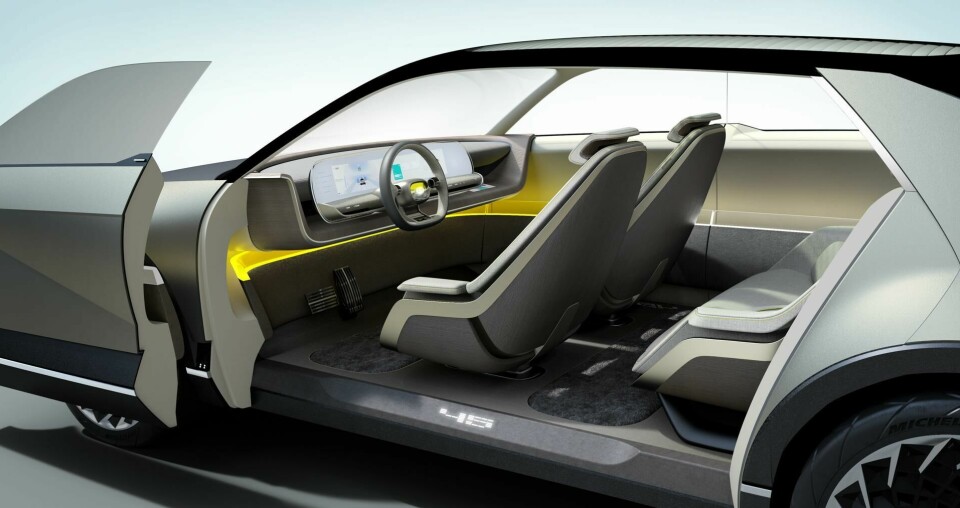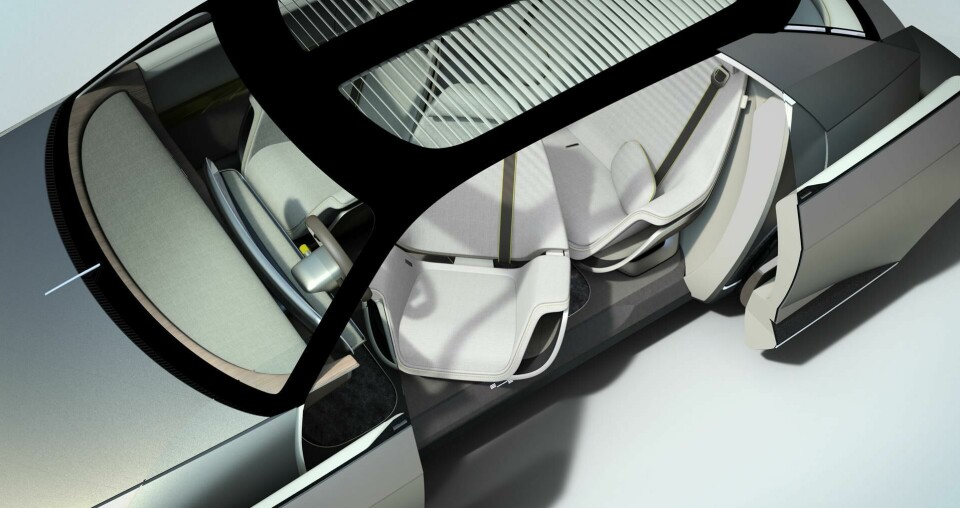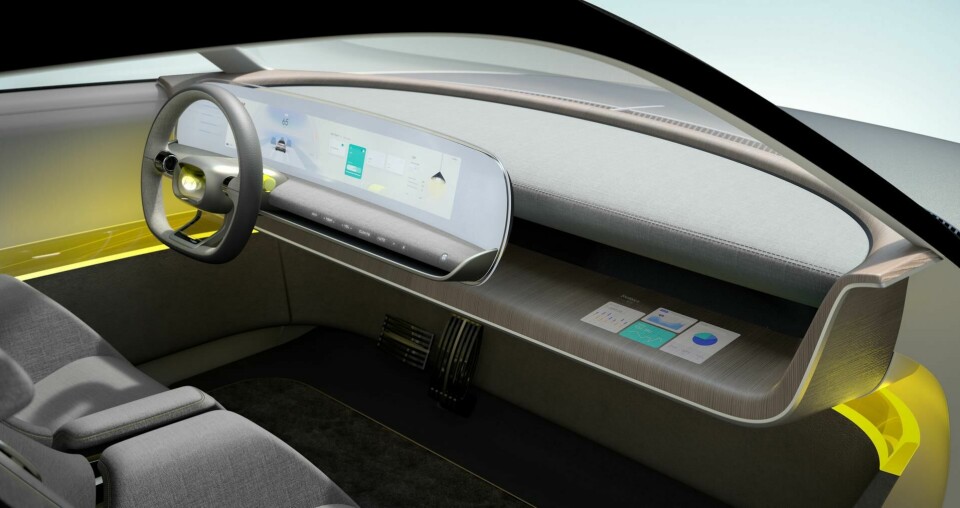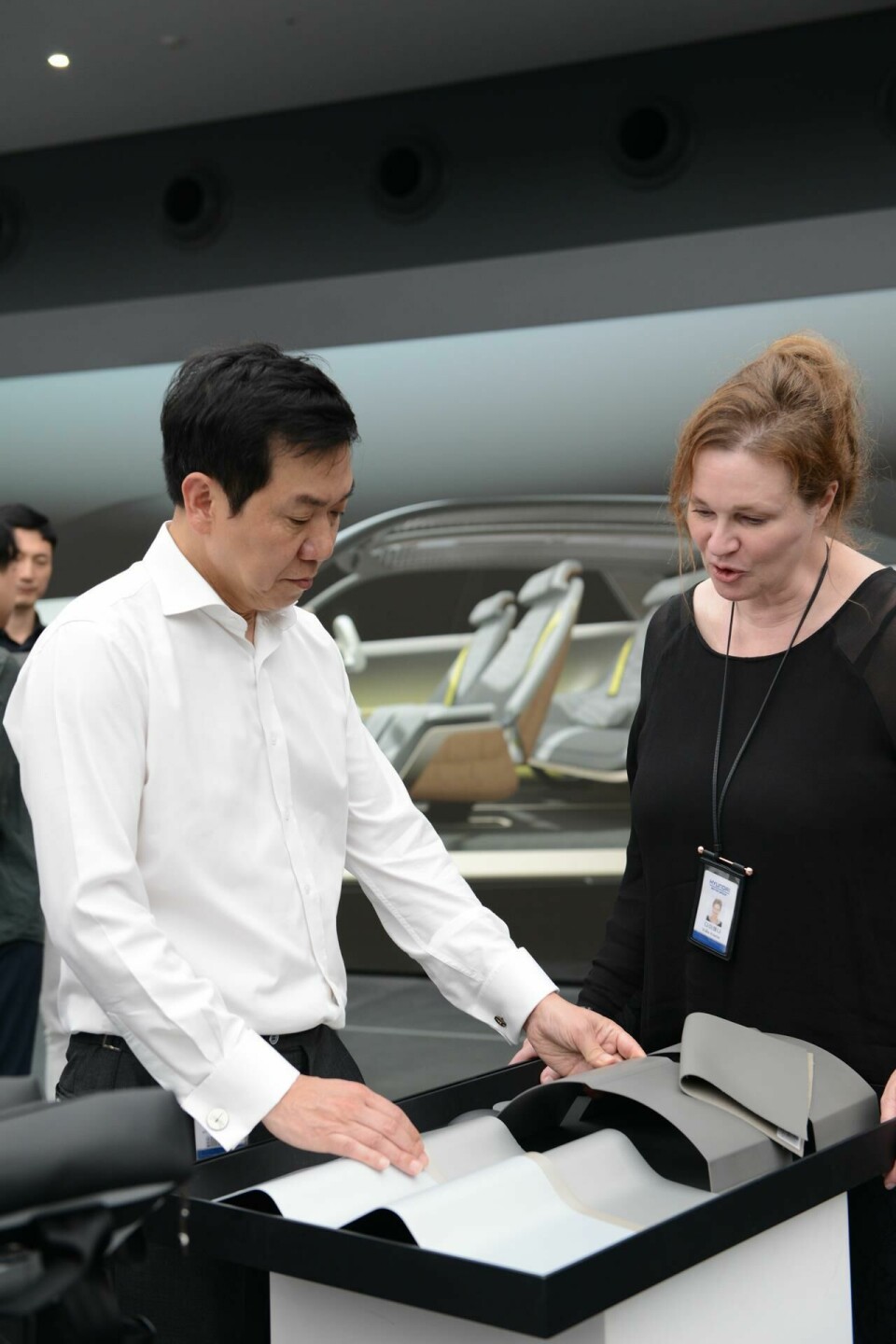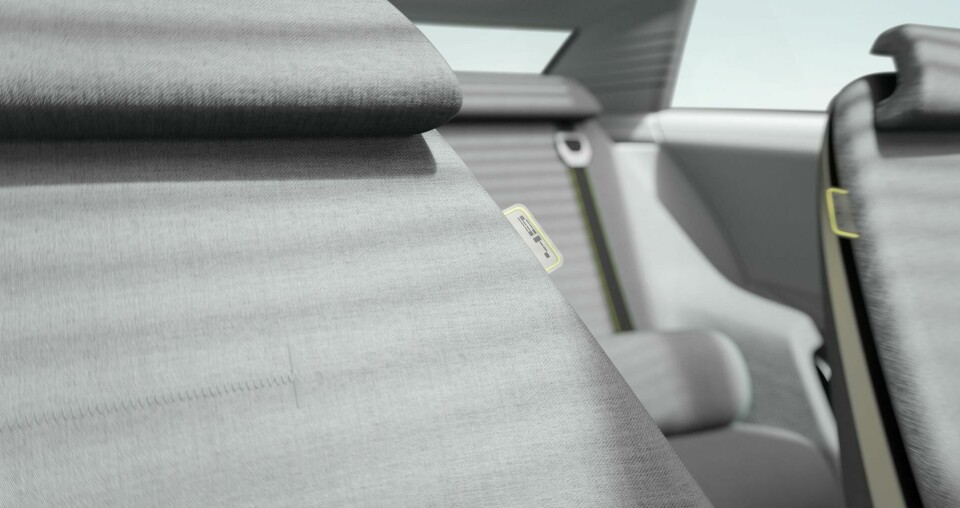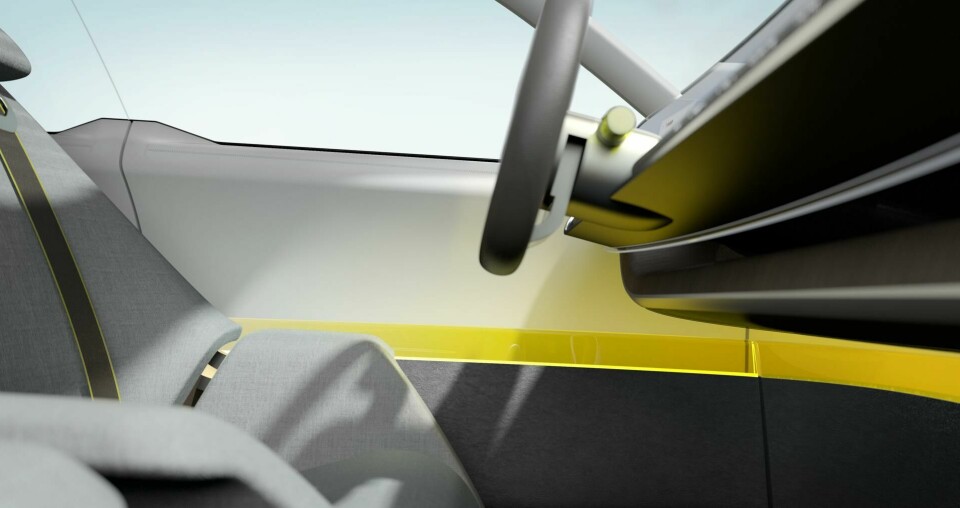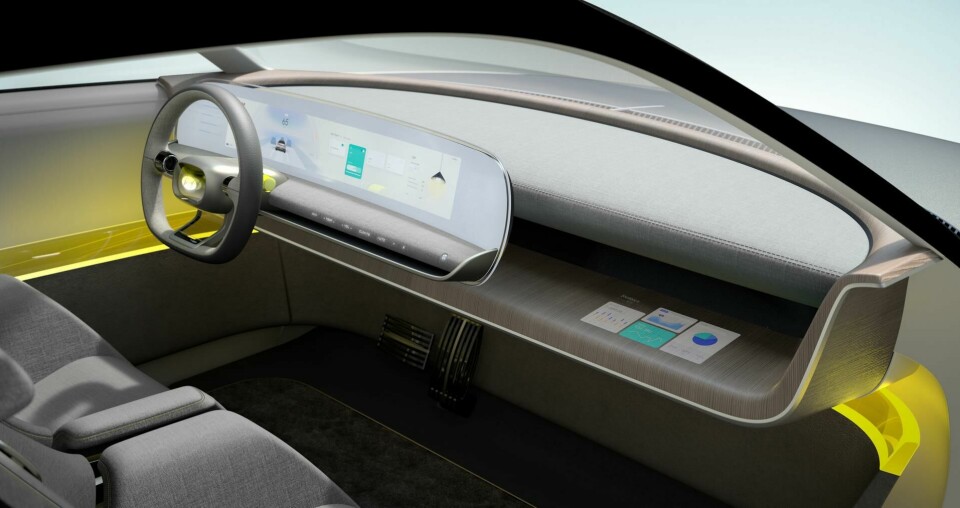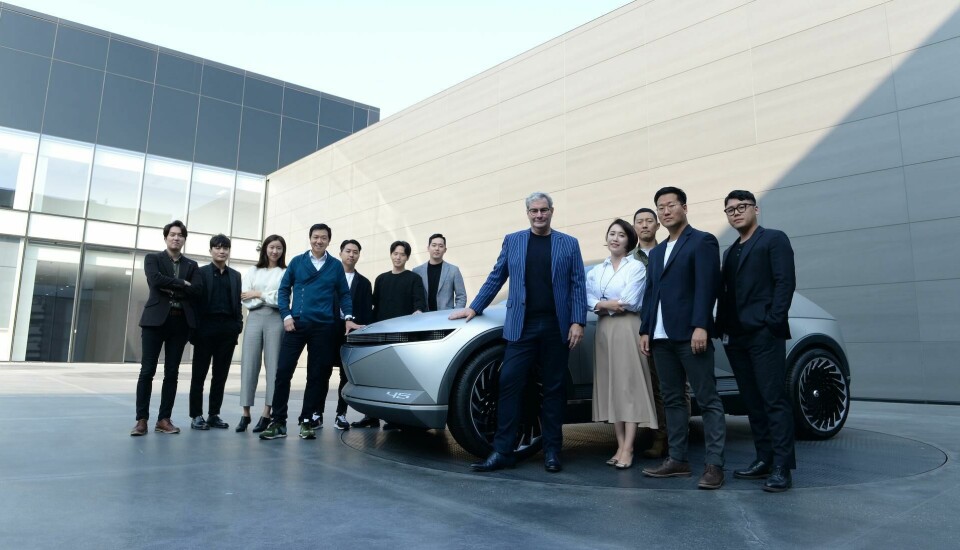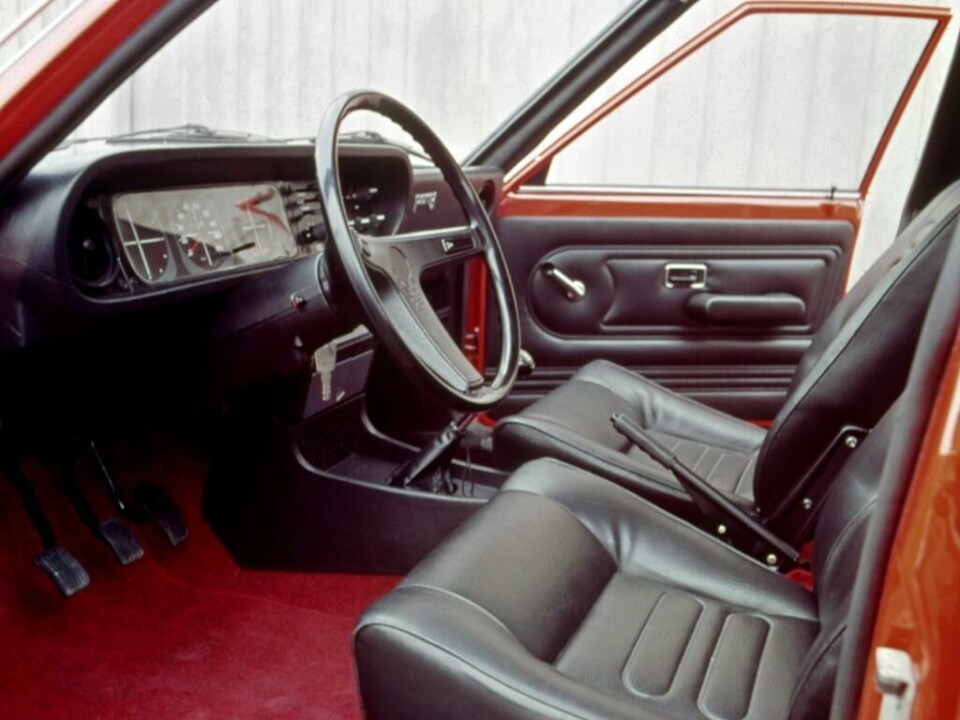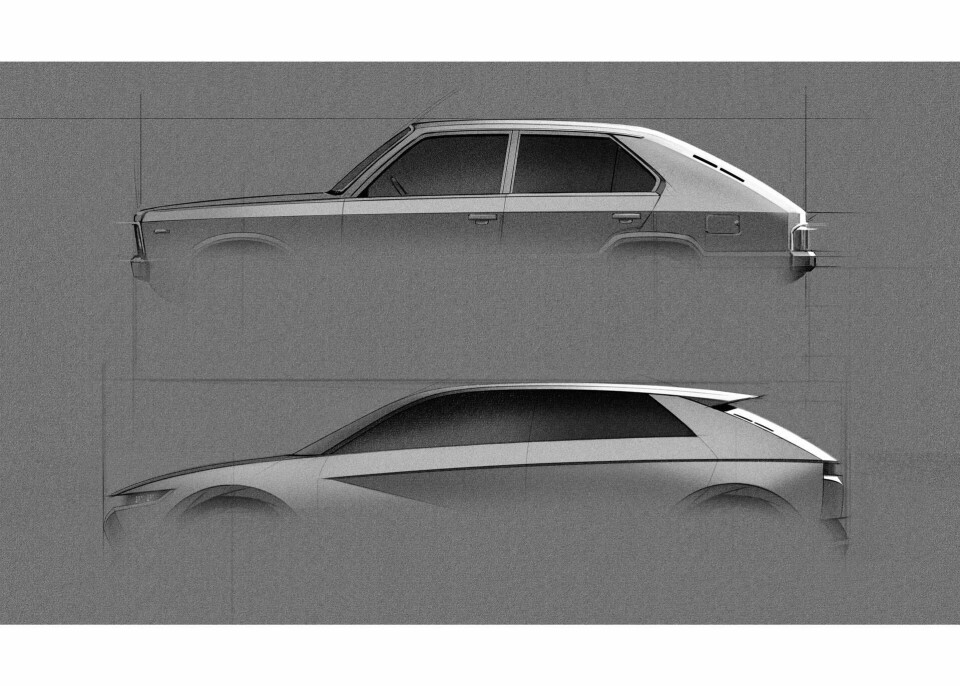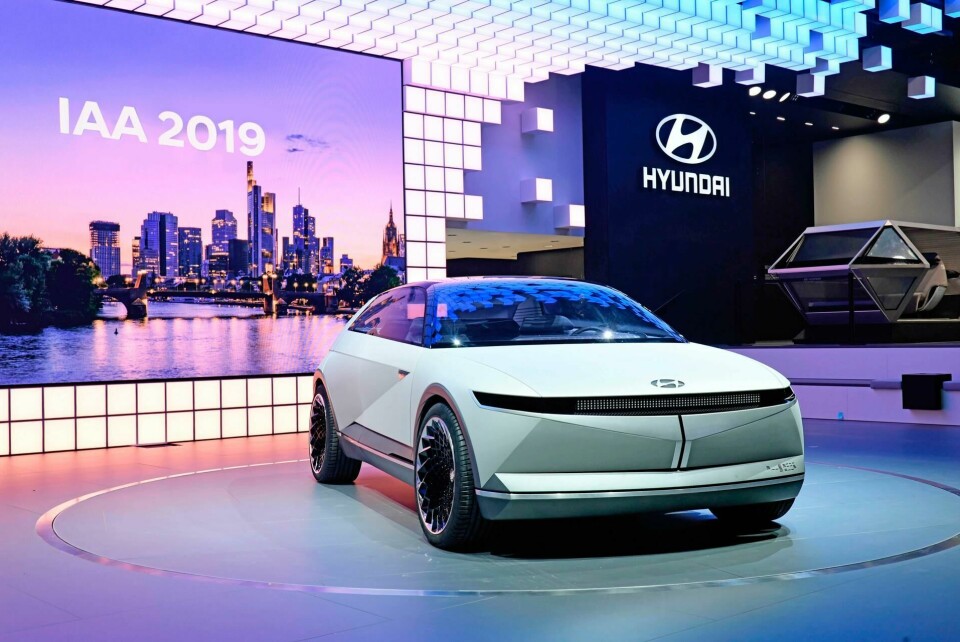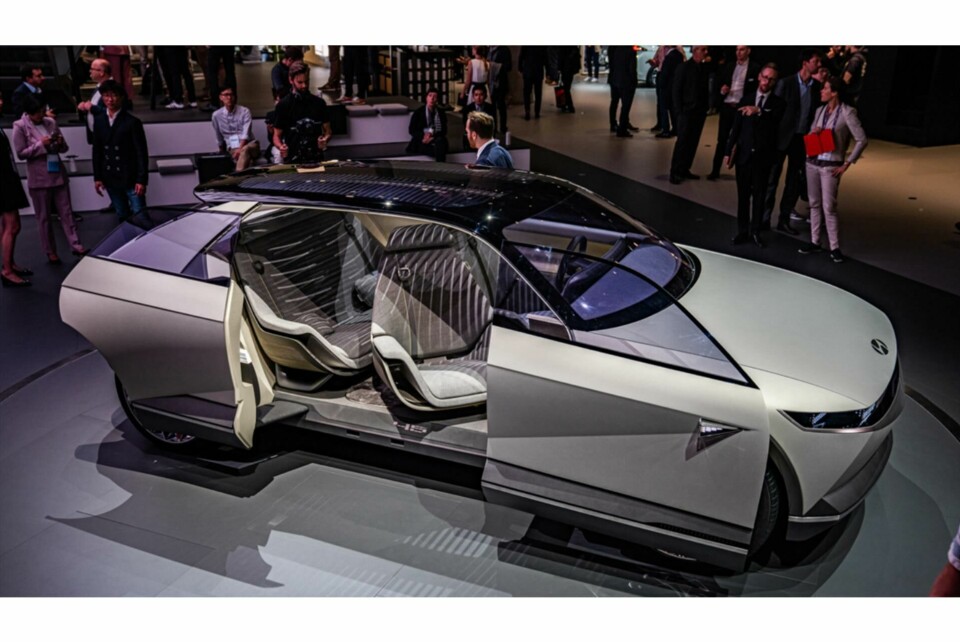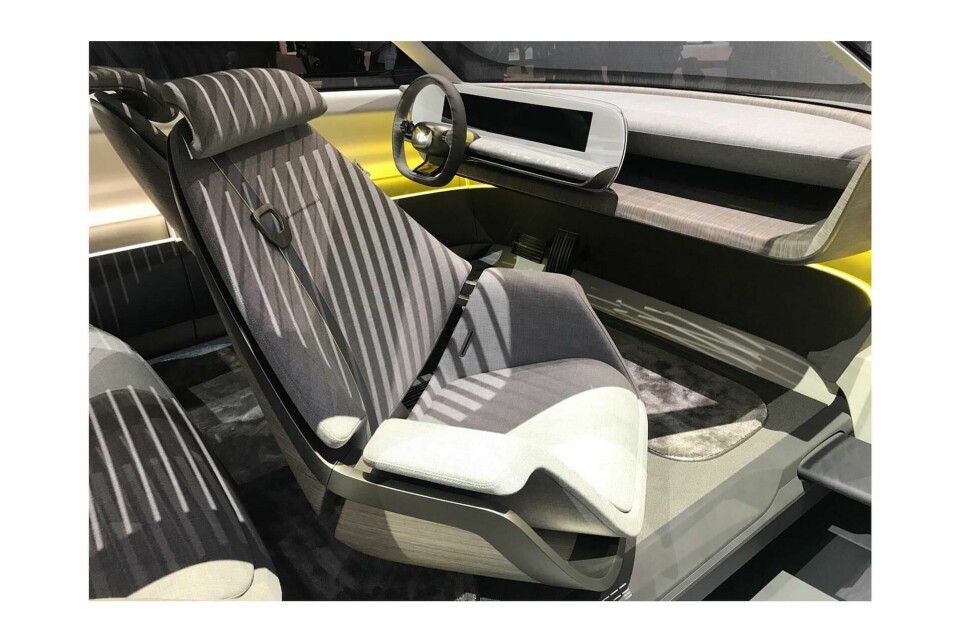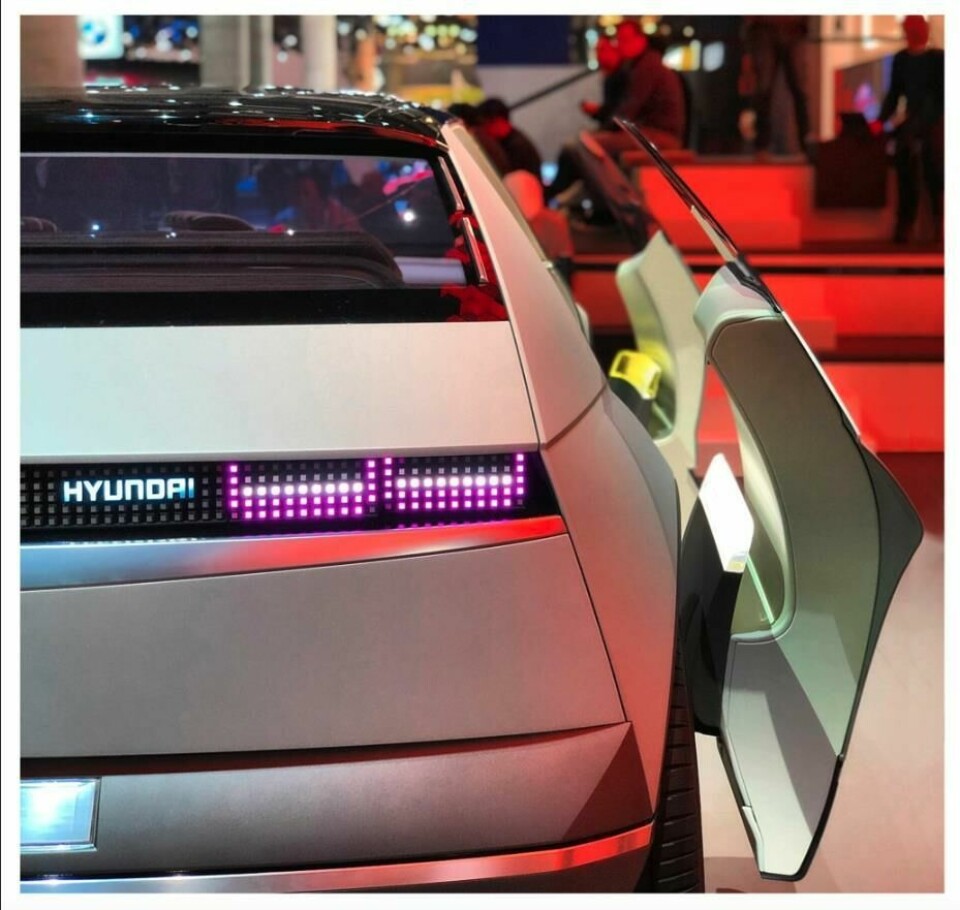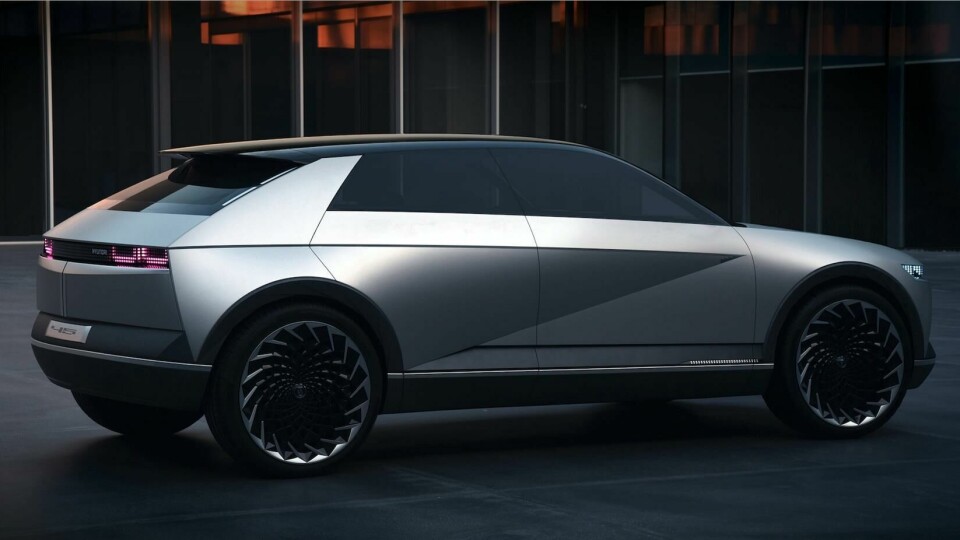
Interior Motives: Hyundai Concept 45
“It sheds the styling and technically flamboyant design [usually] shown, and provides a completely different interior experience”
“This is the next part of our story, looking backwards and forwards,” said Simon Loasby, head of Hyundai Style Group, at the Frankfurt motor show. “This is the first time we said, OK, what are our roots? 45 years ago, Hyundai designed the Pony Coupé Concept. How do we reinterpret that with a future perspective, as an electric vehicle, and with a European focus?” The Hyundai design team are clear that while the 45 is a homage to the 1974 original – a concept previewing the car which brought the South Korean company to global attention – it also sets out the design direction for the brand’s next-generation electric vehicles. SangYup Lee, head of the Hyundai Global Design Center, picks up the story: “The 45 concept needed a character like a milestone for the future of EV design,” he says. “The sketches and ideas of the young designers who reinterpreted the Pony were noted, and [a design] which harmonises the characters of the existing Pony and fresh ideas was chosen.”
The HCD-4 45 project, which took around nine months in the run-up to the Frankfurt motor show in September 2019, kicked off with a challenge to Hyundai’s global studios. “Both interior and exterior designs were chosen through competitions,” says SangYup Lee. “In the course of the exterior design competition, designs that inherited the style of the past Pony, simply modernised, were excluded.” The sketch shows the Pony’s three-spoke steering wheel for reference.
“The starting point of the composition was the most difficult part [of the project]: approaching the concept of living space, breaking away from the conventional concept and inertia of designing the interior of a vehicle, and creating a [unique] space for electric cars,” says lead interior designer Hyeong Soo Lee, explaining that setting up the core design concept took about three months. Ideas explored in the early design phase included a transparent glove box and a stowage concept enabling users to easily identify or hide items without actually opening a storage space.
Positioning the front and rear luggage spaces and the mounting of the doors were carefully thought about with reference to access on-street in traffic, Hyeong Soo Lee notes, adding: “We also considered last-mile mobility by installing an electric scooter inside the vehicle. We’ve been thinking deeply about the ideas of caring for the lifestyle of consumers beyond the space [of the car itself].” Accommodating the scooter is indicated in the door section sketch; the ‘sectional view’ sketch [above] shows the roof controller layout. “Detailed sketches continued constantly to the point of completing the model,” says team leader Beom Soo Cho. “In particular, we were able to come up with and embody a variety of ideas that we didn’t get in our [early] sketches, by creating and using study models [to develop] ergonomic convenience.”
Sketching, VR data reviews and design development activities were carried out at Hyundai’s headquarters at Namyang, near Seoul, although some of the CAD data to make the actual show car was developed at the European design centre. “The all-digital design process helped in the process of modifying and developing models,” says Hyeong Soo Lee. “Quick confirmation and validation were possible, especially when presenting the study model, an identification process in exterior design: theme and gesture were easily identified [checked] through VR.”
Two themes based on the theme of ‘living space’ were developed: both took furniture, rather than conventional automotive interior components, as the main inspiration for forms, materials and details. The chosen design, however, went further in terms of how the furniture “seemed to be placed in space, rather than in a vehicle”, says SangYup Lee. “We approached ‘living space’ as a main concept of spatial composition, not just as a stylistic motif.”
The team looked to achieve a friendly interior ambience. “I thought about the things we consider when choosing furniture,” says SangYup Lee. “The elements required long-term eye contact, harmony, and optimised arrangements for families to communicate comfortably.” A wraparound architecture maximises the sense of space, sweeping around the cockpit, and the armchair-like seats feature integral armrests; there is no large centre console to break up or divide the space across the expansive flat floor enabled by the electric powertrain. The seats rotate for sociability – the 45 theoretically has self-driving capability – as well as swivel towards the sliding side doors for easier access.
Specific details in the cockpit reference the 1974 Pony Concept, including the graphics on the curved display, “which implies the meaning of inheriting the driver-centred UX concept,” Hyeong Soo Lee explains. Information on this display includes images streamed from the exterior cameras, which replace wing mirrors. Yet the overall message is that this is a living room-style space, with lounge-type seats and window blinds; a sense of calmness is conveyed by the subtle application of technology, which does not overwhelm or intimidate the user. ‘Hidden’ touch controls are embedded in the armrests, providing control functions only as needed, and displays and functions for the infotainment system are integrated into the dashboard via a projection-beam interface, replacing a central touchscreen. This not only reduces clutter and saves space, but offers a new user experience.
– Simon Loasby on the Hyundai 45, speaking to CDN at the LA Auto Show
This experience is heightened by the colour, trim and materials. “Wood and the fabrics on the furniture were mostly used to express a comfortable and warm mood such as homeliness, and the lemon yellow highlight colours [as projected by the interior lighting] were placed throughout the ‘room’ to express warm yet high-tech sensibilities,” says Hyeong Soo Lee. “We were able to implement materials that felt like furniture without restriction, because of the hidden ‘shy tech’ technology.” Sustainability and eco-friendliness were also important when picking the wood, leather and textiles, in terms of their weight and surface treatments. In the final show car, the refined storage concept uses transparent materials, so it is easy to see the items packed away; the door-mounted device pockets feature a horizontally-elongated shape to accommodate books or tablets.
The way natural light is carefully deployed throughout the cabin is a key strategy in creating the overall feeling. “Daytime scenarios were designed with inspiration from blinds inside a house that can effectively control the light intensity, and electronic controls were applied to adjust the angle of each frame so that different light levels could be adjusted in the front and back, completing a design considered for all passengers,” says Beom Soo Cho. “In addition, indirect lighting was applied to area such as the roof and door storage spaces at night to create a comfortable atmosphere, and the brightness and lighting angles were adjusted in detail to minimise eye fatigue, without impeding night visibility.” The exterior lighting is also part of the user experience: active LEDs at the bottom of the doors communicate levels of battery charge, intended to reassure drivers or passengers new to electric vehicles.
Team leader Beom Soo Cho believes the achievement of the 45’s interior is that “it sheds the styling and technically flamboyant design [usually] shown, and provides a completely different interior experience, reflecting the user-initiated and completed UX.” SangYup Lee describes the project as “a process to show the vision of an advanced future car space, and to positively improve quality of life as a user and companion.” Such a process will, he says, inform future Hyundai interiors regardless of vehicle type or segment to provide enhanced customer value and satisfaction.

